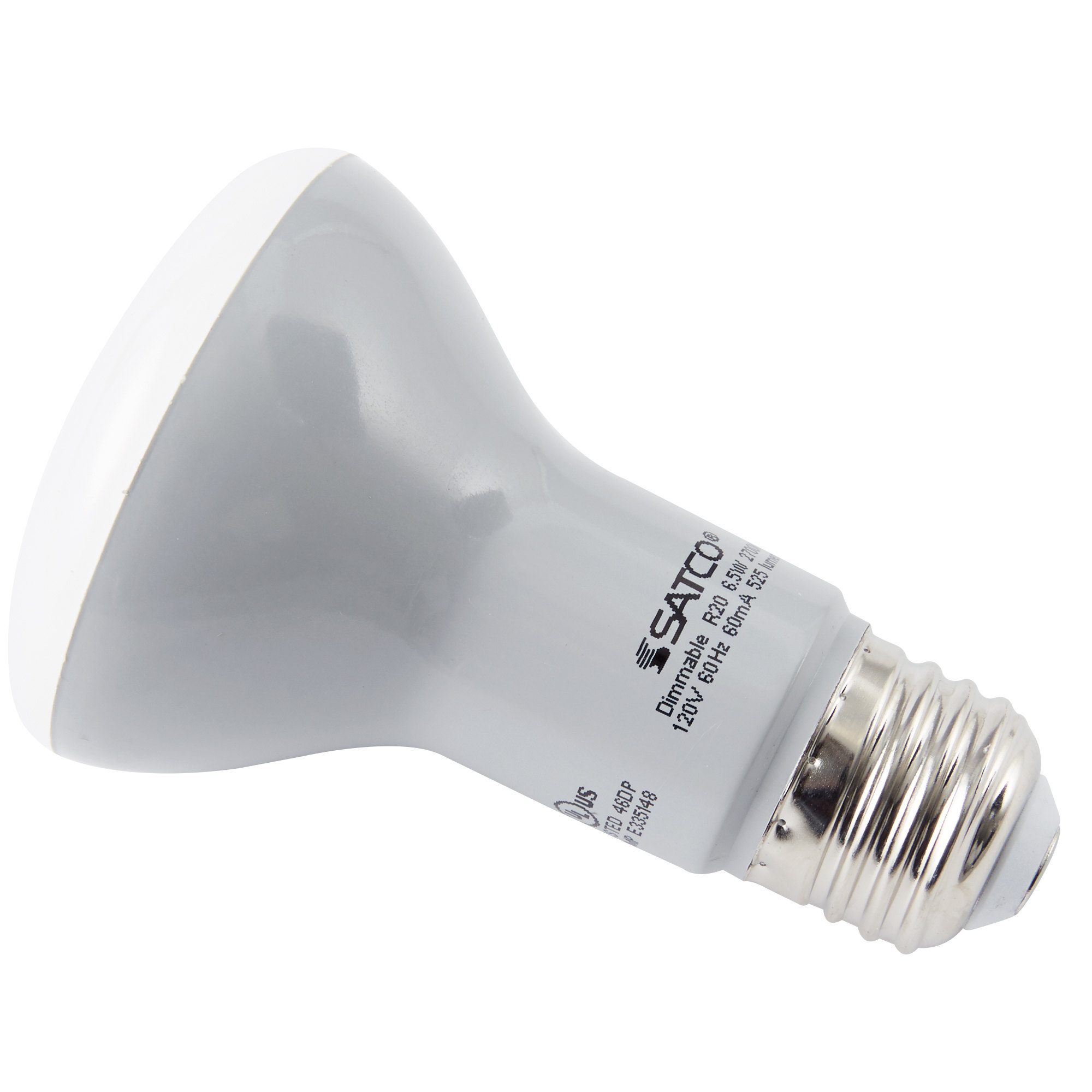

Articles
What Does A 6.5-Watt LED Bulb Equivalent
Modified: February 23, 2024
Find out what a 6.5 Watt LED bulb equivalent means and how it compares to other lighting options. Explore more in our informative articles.
(Many of the links in this article redirect to a specific reviewed product. Your purchase of these products through affiliate links helps to generate commission for Storables.com, at no extra cost. Learn more)
Introduction
LED bulbs have become increasingly popular in recent years due to their energy efficiency and longevity. They have revolutionized the lighting industry by providing brighter and more eco-friendly alternatives to traditional incandescent bulbs. As consumers make the switch to LED bulbs, they often come across the term “equivalent wattage” when comparing different options. But what does a 6.5 watt LED bulb equivalent really mean? Let’s dive into the world of LED bulb wattage and explore its significance.
Understanding the wattage of LED bulbs is essential for choosing the right lighting solution for your needs. In the past, wattage was used as a measure of brightness in incandescent bulbs. However, with the introduction of LED technology, the relationship between wattage and brightness has changed. LED bulbs consume significantly less energy while producing the same amount of light or even more.
The concept of equivalent wattage emerged as a way to help consumers make an easier comparison between LED bulbs and traditional incandescent or halogen bulbs. It refers to the wattage of an incandescent or halogen bulb that would produce a similar amount of light as the LED bulb in question.
So, when we say a 6.5 watt LED bulb is equivalent to a certain wattage, it means that the LED bulb produces a similar amount of light as a traditional incandescent or halogen bulb with that wattage. This comparison allows consumers to choose an LED bulb with the desired level of brightness that matches their needs and preferences.
When considering the equivalent wattage, it’s important to remember that the brightness of a bulb is measured in lumens rather than wattage. Lumens represent the actual amount of light emitted by a bulb. As a general rule, higher lumen values indicate a brighter light output. So, when comparing LED bulbs, it’s crucial to take both the wattage (energy consumption) and the lumen output into consideration.
It’s worth noting that each manufacturer may have their own system for determining equivalent wattages. Therefore, it’s important to carefully read the packaging or product description to ensure you are getting the desired brightness level.
In the next sections, we will delve deeper into what a 6.5 watt LED bulb equivalent means in the context of brightness and discuss the factors to consider when choosing an LED bulb.
Key Takeaways:
- LED bulbs with equivalent wattage provide similar brightness to traditional incandescent or halogen bulbs, allowing for energy-efficient lighting choices while maintaining desired illumination levels.
- When choosing a 6.5 watt LED bulb equivalent, consider factors such as lumen output, color temperature, and dimmability to find the right balance between energy efficiency and brightness for specific lighting needs.
Read more: What LED Bulb Is Equivalent To 60 Watts
Understanding Wattage in LED Bulbs
Wattage is a term commonly used to indicate the amount of power consumed by a light bulb. It was traditionally used as a measure of brightness in incandescent bulbs, where higher wattage bulbs were generally brighter. However, with the advent of LED technology, the relationship between wattage and brightness has changed.
In LED bulbs, wattage is primarily an indicator of the amount of energy the bulb consumes, rather than its brightness. LED bulbs are much more energy-efficient compared to traditional incandescent bulbs. They require significantly less power to produce the same amount of light or even more.
For instance, a 6.5 watt LED bulb can produce as much light as a 40 watt incandescent bulb. This means that the LED bulb consumes only a fraction of the energy while providing the same level of illumination.
Due to this energy efficiency, LED bulbs offer numerous benefits. They not only save on electricity costs but also contribute to reducing carbon emissions and have a longer lifespan. LED bulbs can last up to 25 times longer than traditional incandescent bulbs, making them a cost-effective and environmentally friendly choice in the long run.
Another important point to consider is that LED bulbs convert most of the energy they consume into light, rather than heat. Incandescent bulbs, on the other hand, waste a significant amount of energy as heat. This makes LED bulbs not only more efficient but also safer to use, as they generate less heat and reduce the risk of fire hazards.
It’s important to note that while wattage is not indicative of the brightness level in LED bulbs, it can give you a rough idea of the general light output. As a rule of thumb, lower wattages typically correspond to lower light output, while higher wattages provide greater brightness.
However, when choosing an LED bulb, it’s crucial to consider the lumen output rather than just the wattage. Lumens measure the actual brightness or light output of a bulb, and the correlation between wattage and lumens may vary depending on the specific LED bulb and manufacturer.
LED bulbs typically provide information about their lumen output on the packaging or product description. The higher the lumen value, the brighter the light emitted by the bulb. So, when comparing LED bulbs, it’s important to consider both the wattage (energy consumption) and the lumen output to find the right balance between energy efficiency and brightness for your specific lighting needs.
With a solid understanding of wattage and its relationship to brightness in LED bulbs, let’s move on to exploring the concept of equivalent wattage.
Defining the Equivalent Wattage
The concept of equivalent wattage is used to help consumers compare LED bulbs to traditional incandescent or halogen bulbs in terms of brightness. It provides a reference point for understanding how much light a particular LED bulb will emit compared to a traditional bulb with an equivalent wattage.
To define the equivalent wattage, manufacturers conduct testing and measurements to determine the brightness or light output of their LED bulbs in comparison to incandescent or halogen bulbs. This allows them to determine the wattage of the traditional bulb that produces a similar amount of light as the LED bulb in question.
For example, let’s say a 6.5 watt LED bulb is determined to be equivalent to a 40 watt incandescent bulb. This means that the 6.5 watt LED bulb will emit a similar amount of light as the 40 watt incandescent bulb, despite using significantly less energy.
The equivalent wattage is indicated on the packaging or product description of the LED bulb, making it easier for consumers to choose the desired level of brightness. When comparing different LED bulbs, you can look for the equivalent wattage to get an idea of how bright the bulb will be in comparison to traditional bulbs you are familiar with.
It is important to note that not all LED bulb manufacturers follow the same standards for determining equivalent wattage. Therefore, it’s essential to read the packaging or product description carefully to ensure you are making an accurate comparison.
The concept of equivalent wattage is particularly helpful when transitioning from traditional bulbs to LED lighting. If you have been using a specific wattage incandescent or halogen bulb and want to switch to LED, knowing the equivalent wattage of the LED bulb can help you find a similar level of brightness.
However, it’s important to remember that the brightness of a bulb is ultimately measured in lumens rather than wattage. Lumens represent the actual amount of light emitted by a bulb, and higher lumen values generally indicate a brighter light output. Therefore, it’s recommended to consider both the equivalent wattage and the lumen output when choosing an LED bulb that meets your desired brightness requirements.
Now that we have a clear understanding of the concept of equivalent wattage, let’s explore what a 6.5 watt LED bulb equivalent means in terms of brightness.
What Does a 6.5 Watt LED Bulb Equivalent Mean?
When it comes to LED bulbs, understanding the meaning of a 6.5 watt LED bulb equivalent is crucial for making informed lighting choices. The equivalent wattage provides a reference point for comparing the brightness of an LED bulb to traditional incandescent or halogen bulbs.
A 6.5 watt LED bulb equivalent means that the LED bulb emits a similar amount of light as a traditional incandescent or halogen bulb with a wattage of 6.5 watts. In other words, despite the lower energy consumption of the LED bulb, it can produce a comparable level of brightness to the traditional bulb.
This equivalence between LED bulbs and traditional bulbs is determined through testing and measurements carried out by the manufacturers. They use specialized equipment to measure the lumen output, or the actual brightness, of the LED bulb. Comparing this lumen output to the brightness of an incandescent or halogen bulb, they assign an equivalent wattage that represents a similar level of illumination.
Now, you might be wondering why a 6.5 watt LED bulb can be equivalent to a lower wattage traditional bulb. The reason lies in the fundamental difference between LED technology and traditional bulbs. LEDs are much more efficient at converting electrical energy into light, resulting in a higher light output per watt of power consumed. In contrast, incandescent and halogen bulbs waste a significant amount of energy as heat, resulting in lower efficiency and brightness.
It’s important to note that the exact equivalent wattage may differ between manufacturers due to variations in their testing methods and the specific LED technology used. Therefore, always refer to the packaging or product description to determine the equivalent wattage assigned by the manufacturer.
When choosing a 6.5 watt LED bulb equivalent, consider your lighting needs and preferences. If you are looking for a bulb with a mild, warm glow for ambient lighting or decorative purposes, a 6.5 watt equivalent may suffice. However, if you require brighter illumination for tasks or larger spaces, you may need to choose a higher equivalent wattage, such as a 9 watt or 12 watt LED bulb.
Remember, the brightness of the bulb is not solely dependent on the wattage. The lumen output is a more accurate measurement of brightness. Therefore, pay attention to the lumen value as well. A higher lumen value indicates a brighter light output, even with the same equivalent wattage.
One advantage of choosing a 6.5 watt LED bulb equivalent is its energy efficiency. LED bulbs consume significantly less electricity compared to traditional bulbs with the same level of brightness. This results in lower energy bills and a reduced environmental impact.
Additionally, LED bulbs have a longer lifespan, lasting up to 25 times longer than incandescent bulbs. This means fewer replacements and less waste generated over time, making them more cost-effective and sustainable in the long run.
In summary, a 6.5 watt LED bulb equivalent signifies a lower energy consumption option with similar brightness to a traditional incandescent or halogen bulb with a 6.5 watt rating. Consider your lighting needs, lumen output, and energy efficiency when deciding on the right LED bulb for your specific requirements.
When looking for a 6.5 watt LED bulb equivalent, consider the lumen output rather than the wattage. A 6.5 watt LED bulb is typically equivalent to a 60-75 watt incandescent bulb, producing around 650-800 lumens.
Factors to Consider When Choosing an LED Bulb
When it comes to choosing an LED bulb, there are several factors to consider in order to find the right one for your specific needs. LED bulbs come in a wide range of options, each offering different features and specifications. Here are some key factors to consider when making your selection:
- Lighting Purpose: Determine the purpose of the lighting. Are you looking for ambient lighting, task lighting, or accent lighting? Different LED bulb types and specifications are suitable for different purposes. For example, a warm white bulb may be more appropriate for creating a cozy atmosphere, while a cool white bulb may be better for task lighting that requires brighter illumination.
- Brightness (Lumens): Consider the desired level of brightness. The brightness of an LED bulb is measured in lumens. Higher lumen values indicate a brighter light output. Look for the lumen information on the packaging or product description to ensure the bulb provides the desired level of brightness for your specific application.
- Color Temperature: Consider the color temperature of the LED bulb. Color temperature is measured in Kelvin (K) and determines the color appearance of the light. Lower Kelvin values (2700-3000K) produce a warm white light similar to traditional incandescent bulbs, while higher Kelvin values (5000-6500K) produce a cool white light with a bluish hue. Choose a color temperature that suits the ambiance and mood you want to create.
- Beam Angle: Determine the desired beam angle for your lighting needs. The beam angle refers to the spread of light emitted by the bulb. A wider beam angle is suitable for general lighting and provides more dispersed illumination, while a narrower beam angle is ideal for focused lighting or accentuating specific objects or areas.
- Dimmable or Non-Dimmable: Decide whether you need a dimmable LED bulb. Dimmable bulbs allow you to adjust the brightness level, providing flexibility in creating the desired ambiance. However, not all LED bulbs are dimmable, so make sure to check the packaging or product description to ensure compatibility with your dimmer switch.
- Base Type: Consider the base type of the LED bulb. The base determines the compatibility with the sockets or fixtures in your home or workplace. Common base types for LED bulbs include E26 (Edison screw), E27, GU10, and MR16. Ensure that the base type matches the socket you will be using.
- Energy Efficiency: LED bulbs are renowned for their energy efficiency. However, it’s still important to check the energy efficiency rating of the bulb. Look for bulbs with the ENERGY STAR label, as they meet strict energy efficiency requirements set by the U.S. Environmental Protection Agency (EPA).
- Longevity: LED bulbs are known for their long lifespan compared to traditional bulbs. Check the estimated lifespan of the bulb, usually indicated in hours of use. Opt for bulbs with longer lifespans to minimize the frequency of replacements and reduce overall maintenance costs.
- Brand and Quality: Consider the reputation and reliability of the brand. Choose LED bulbs from reputable manufacturers that have a track record of producing high-quality and reliable products. This ensures that you are getting a bulb that meets safety and performance standards.
By considering these factors, you can narrow down your options and select the LED bulb that best suits your lighting needs, preferences, and requirements. Keep in mind that different applications may require different types of LED bulbs, so it’s important to choose wisely to achieve the desired lighting effect.
Now that you have a better understanding of the factors to consider when selecting an LED bulb, let’s explore the advantages and disadvantages of using a 6.5 watt LED bulb equivalent.
Read more: What Is A 4-Watt LED Bulb Equivalent To
Advantages of Using a 6.5 Watt LED Bulb Equivalent
Choosing a 6.5 watt LED bulb equivalent comes with several advantages that make it a popular choice for many consumers. Here are some of the key advantages:
- Energy Efficiency: One of the primary advantages of LED bulbs is their energy efficiency. A 6.5 watt LED bulb equivalent can produce a similar amount of light as a higher wattage traditional bulb, while consuming significantly less energy. This results in lower electricity bills and reduces your carbon footprint.
- Long Lifespan: LED bulbs have an impressively long lifespan compared to traditional bulbs. A 6.5 watt LED bulb equivalent can last up to 25 times longer than incandescent bulbs. This means fewer replacements and less waste generated, saving you money in the long run.
- Durability: LED bulbs are highly durable and resistant to shocks, vibrations, and temperature fluctuations. They are made with solid-state technology and do not have fragile filaments or glass components like traditional bulbs. This makes LED bulbs more durable and less prone to damage, ensuring they can withstand the test of time.
- Instant On and Off: LED bulbs provide instant illumination without any warm-up time required. They instantly reach their full brightness as soon as you flip the switch. This is particularly useful in areas where immediate light is needed, such as hallways, staircases, and outdoor spaces.
- Directional Lighting: LED bulbs offer directional lighting, which means they emit light in a specific direction rather than in all directions (like incandescent bulbs). This allows for more control over the light distribution and can be beneficial in applications where focused or spotlighting is desired.
- Versatility: LED bulbs come in a variety of shapes, sizes, and color temperatures, making them highly versatile for various lighting applications. Whether you need bulbs for general lighting, accent lighting, task lighting, or decorative purposes, you can find a 6.5 watt LED bulb equivalent that meets your specific requirements.
- Enhanced Safety: LED bulbs generate significantly less heat compared to traditional bulbs. This reduces the risk of accidents, such as burns or fire hazards, especially in enclosed fixtures or areas with limited ventilation. LED bulbs are also free from harmful substances like mercury, making them environmentally friendly and safe for disposal.
- Dimmable Options: Many 6.5 watt LED bulb equivalents are available in dimmable variations, allowing you to adjust the brightness level to create the desired ambiance. Dimmable LED bulbs provide flexibility in different settings and can help save energy when you don’t require full brightness.
These advantages collectively make a 6.5 watt LED bulb equivalent a practical and sustainable lighting choice. With their energy efficiency, long lifespan, durability, and versatility, LED bulbs can provide reliable and cost-effective lighting solutions for both residential and commercial applications.
While there are many advantages to using a 6.5 watt LED bulb equivalent, it’s important to also consider any potential disadvantages. Let’s explore some of the potential drawbacks of using this type of LED bulb next.
Disadvantages of Using a 6.5 Watt LED Bulb Equivalent
While 6.5 watt LED bulb equivalents offer numerous advantages, it’s important to consider their potential disadvantages as well. Here are some of the drawbacks you should keep in mind:
- Initial Cost: LED bulbs, including 6.5 watt equivalents, can have a higher upfront cost compared to traditional incandescent or halogen bulbs. However, it’s important to note that LED bulbs have a longer lifespan and lower energy consumption, which can result in long-term cost savings.
- Compatibility: LED bulbs may not be compatible with all fixtures or dimmer switches. It’s essential to check the compatibility of the 6.5 watt LED bulb equivalent with your existing fixtures and dimmers. Some LED bulbs are designed specifically for certain types of sockets or dimming systems.
- Heat Sensitivity: While LED bulbs generate less heat compared to traditional bulbs, they can still be sensitive to excessive heat. It’s important to ensure proper ventilation and avoid using LED bulbs in enclosed fixtures that may trap heat, as this can affect their performance and lifespan.
- Color Quality: Although LED technology has improved over the years, some LED bulbs may still have a slightly different color quality compared to traditional incandescent bulbs. This can result in a slightly different ambiance or color appearance, which may not be preferred by some users.
- Non-Uniform Light Distribution: LED bulbs with a narrow beam angle may provide focused or directional lighting, which may not be suitable for all applications. In certain situations, such as general room lighting, a wider beam angle may be desired to ensure more uniform light distribution without any dark spots.
- Electronic Interference: Some LED bulbs may generate electromagnetic interference (EMI) that can interfere with radio signals or other electronic devices nearby. This issue is less prevalent with higher-quality LED bulbs, but it’s something to consider, especially in sensitive environments.
- Dimming Performance: While many 6.5 watt LED bulb equivalents are dimmable, not all of them have the same dimming performance. Some LED bulbs may flicker or have limited dimming range when used with certain dimmer switches. It’s important to choose dimmable LED bulbs that are compatible with your specific dimmer to ensure smooth and reliable dimming.
While these disadvantages exist, it’s worth noting that the technology and quality of LED bulbs continue to improve. Many of these drawbacks are becoming less significant as newer LED bulb models are developed and released into the market.
When considering these potential disadvantages, it’s essential to weigh them against the numerous advantages that LED bulbs offer. The energy efficiency, long lifespan, and enhanced safety of LED bulbs, including 6.5 watt equivalents, make them a practical and sustainable choice for various lighting needs.
Ultimately, the decision to use a 6.5 watt LED bulb equivalent should be based on your specific requirements, budget, and preferences. Considering the advantages and disadvantages will help you make an informed decision that best suits your lighting needs and priorities.
Now that we have explored the advantages and disadvantages of using a 6.5 watt LED bulb equivalent, let’s summarize our findings.
Conclusion
LED technology has revolutionized the lighting industry, providing more energy-efficient and eco-friendly alternatives to traditional incandescent and halogen bulbs. Understanding the concept of equivalent wattage is crucial when choosing an LED bulb, as it helps you compare the brightness of an LED bulb to traditional bulbs.
A 6.5 watt LED bulb equivalent refers to an LED bulb that emits a similar amount of light as a traditional incandescent or halogen bulb with a wattage of 6.5 watts. This equivalence allows you to select an LED bulb that meets your desired level of brightness while enjoying the many benefits that LED technology offers.
When choosing an LED bulb, it’s important to consider factors such as the lighting purpose, brightness (lumen output), color temperature, beam angle, dimmability, base type, energy efficiency, longevity, and brand reputation. By carefully considering these factors, you can find an LED bulb that suits your specific lighting needs, preferences, and budget.
The advantages of using a 6.5 watt LED bulb equivalent include energy efficiency, long lifespan, durability, instant on and off, directional lighting, versatility, enhanced safety, and dimmable options. These features make LED bulbs a practical and sustainable choice for various lighting applications in both residential and commercial settings.
However, it’s important to be aware of the potential drawbacks of using a 6.5 watt LED bulb equivalent. These include the initial cost, compatibility with fixtures and dimmers, heat sensitivity, color quality variation, non-uniform light distribution, electronic interference, and dimming performance. Considering these drawbacks can help you make an informed decision and address any specific concerns you may have.
In conclusion, a 6.5 watt LED bulb equivalent offers a balance between energy efficiency, brightness, and cost-effectiveness. It provides an eco-friendly lighting solution that can lower your energy bills, reduce your carbon footprint, and provide long-lasting illumination. By weighing the advantages and disadvantages, you can make a confident choice that aligns with your lighting needs and values.
Whether you’re looking to upgrade your home lighting, illuminate your workplace, or enhance the ambiance of a specific area, a 6.5 watt LED bulb equivalent can be a reliable and sustainable choice that combines functionality, efficiency, and long-term savings.
Frequently Asked Questions about What Does A 6.5-Watt LED Bulb Equivalent
Was this page helpful?
At Storables.com, we guarantee accurate and reliable information. Our content, validated by Expert Board Contributors, is crafted following stringent Editorial Policies. We're committed to providing you with well-researched, expert-backed insights for all your informational needs.
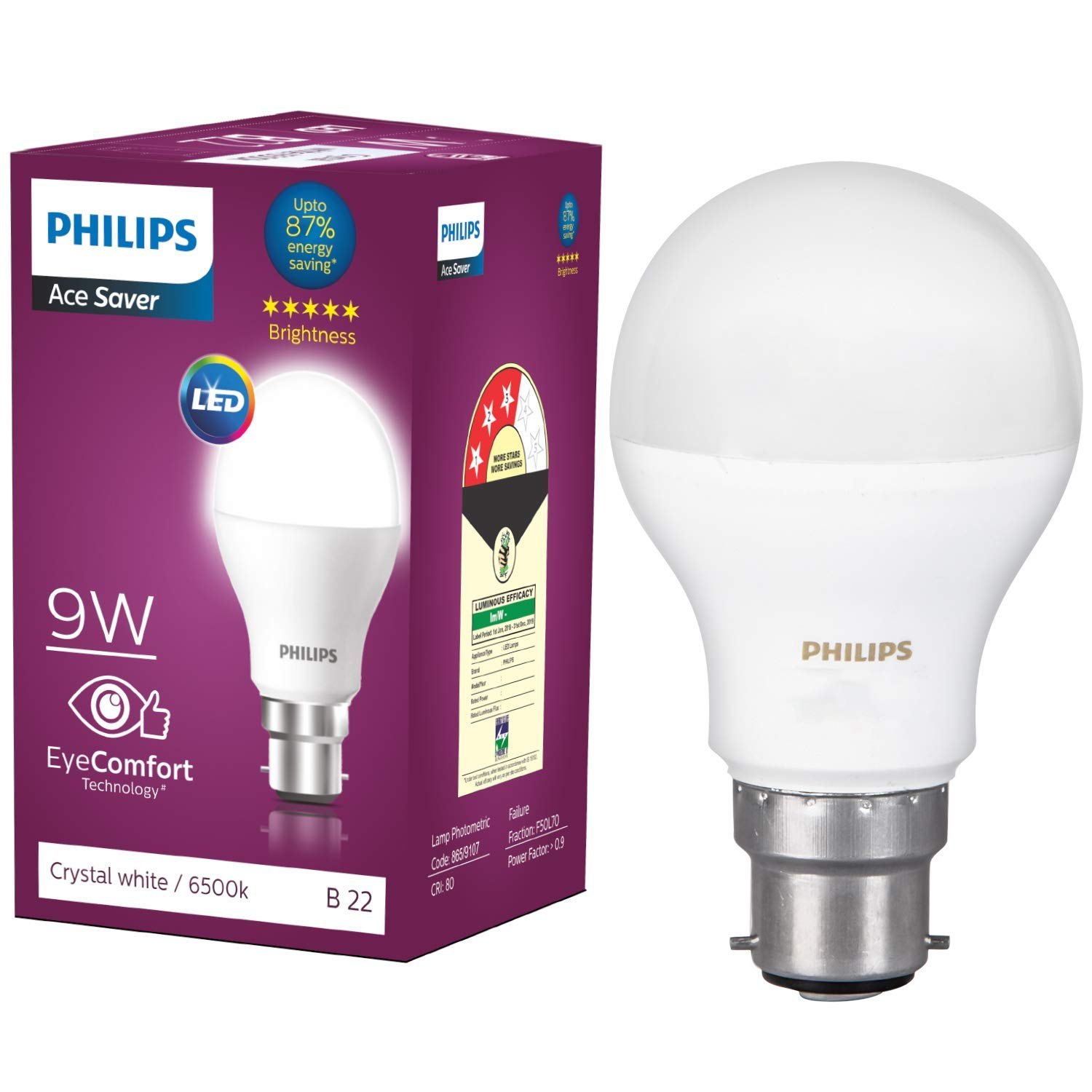
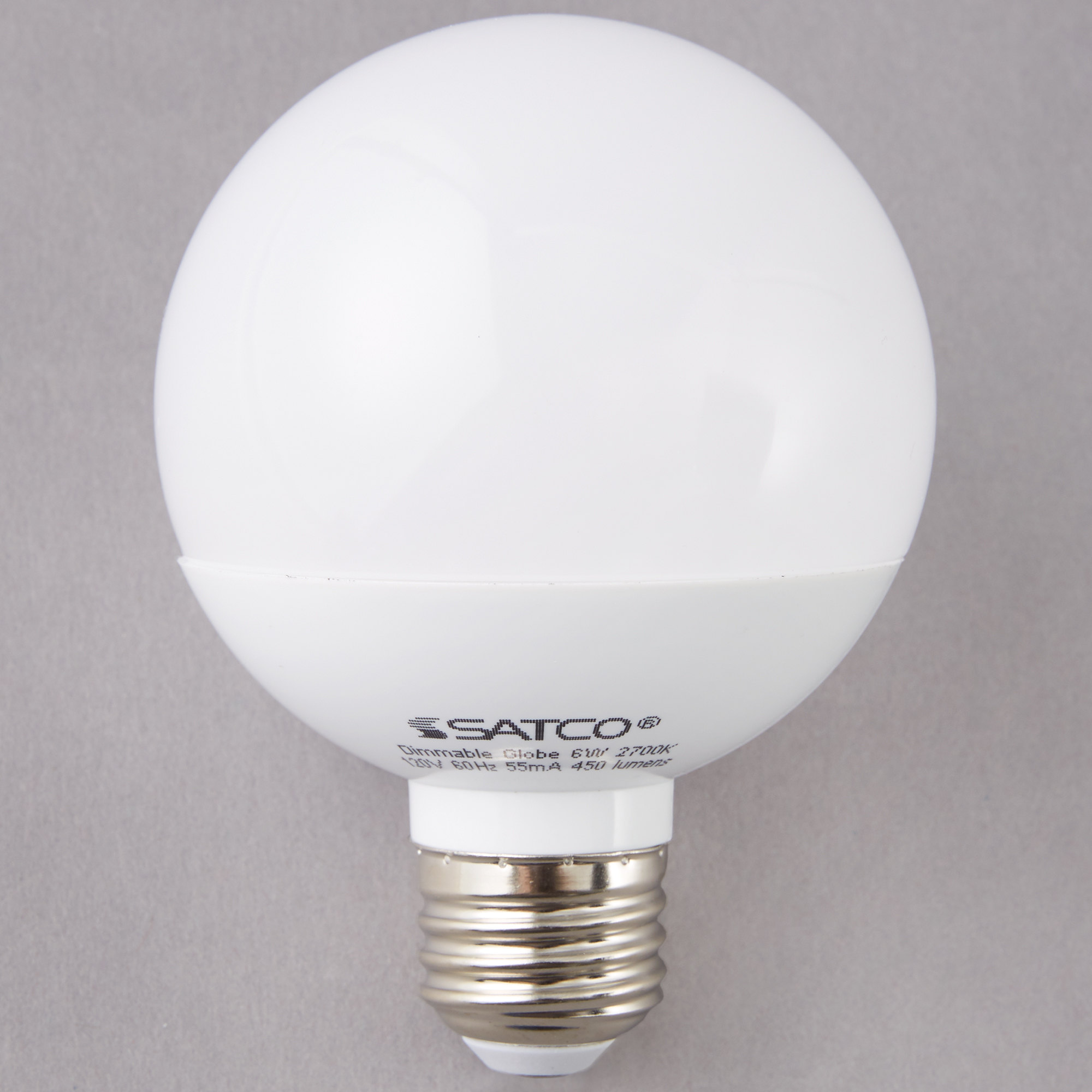
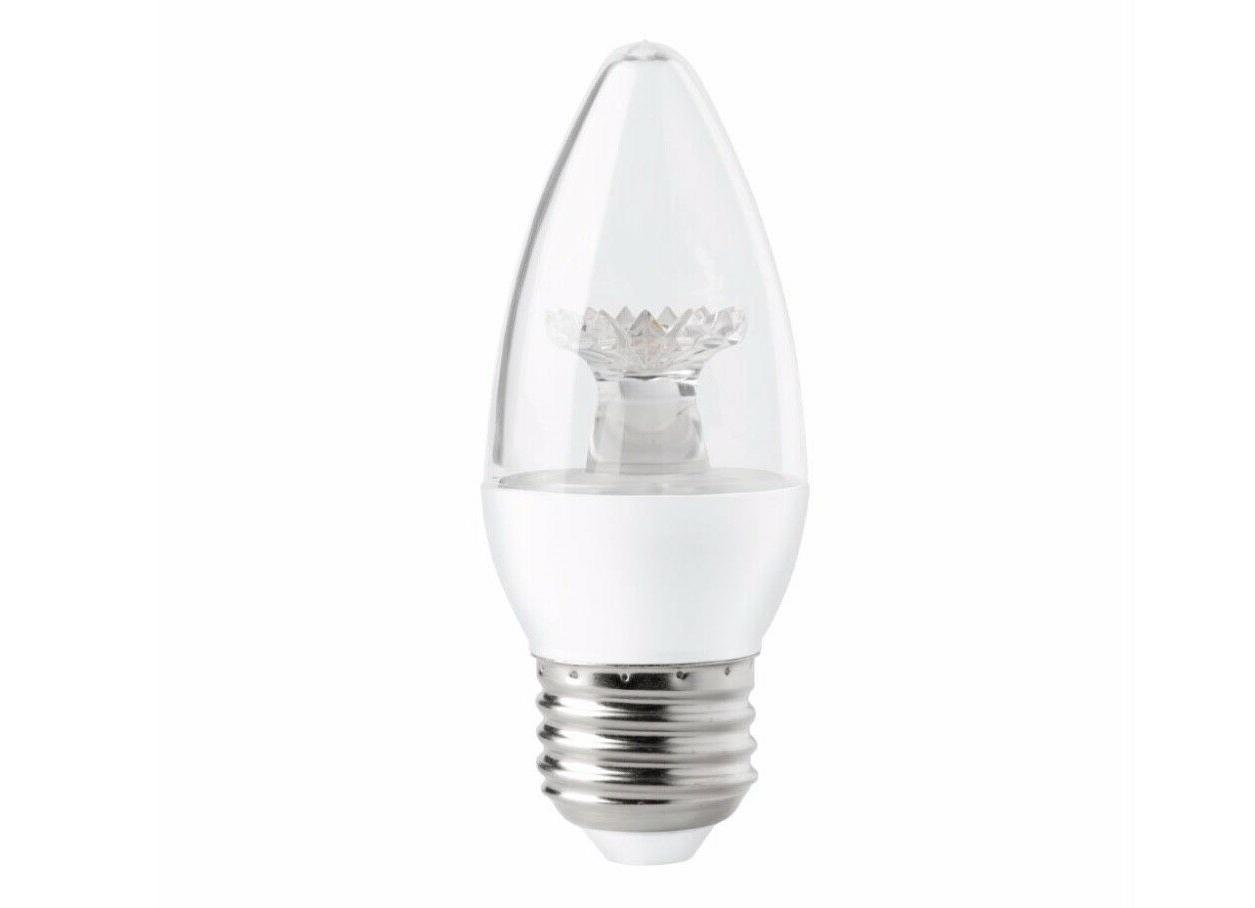
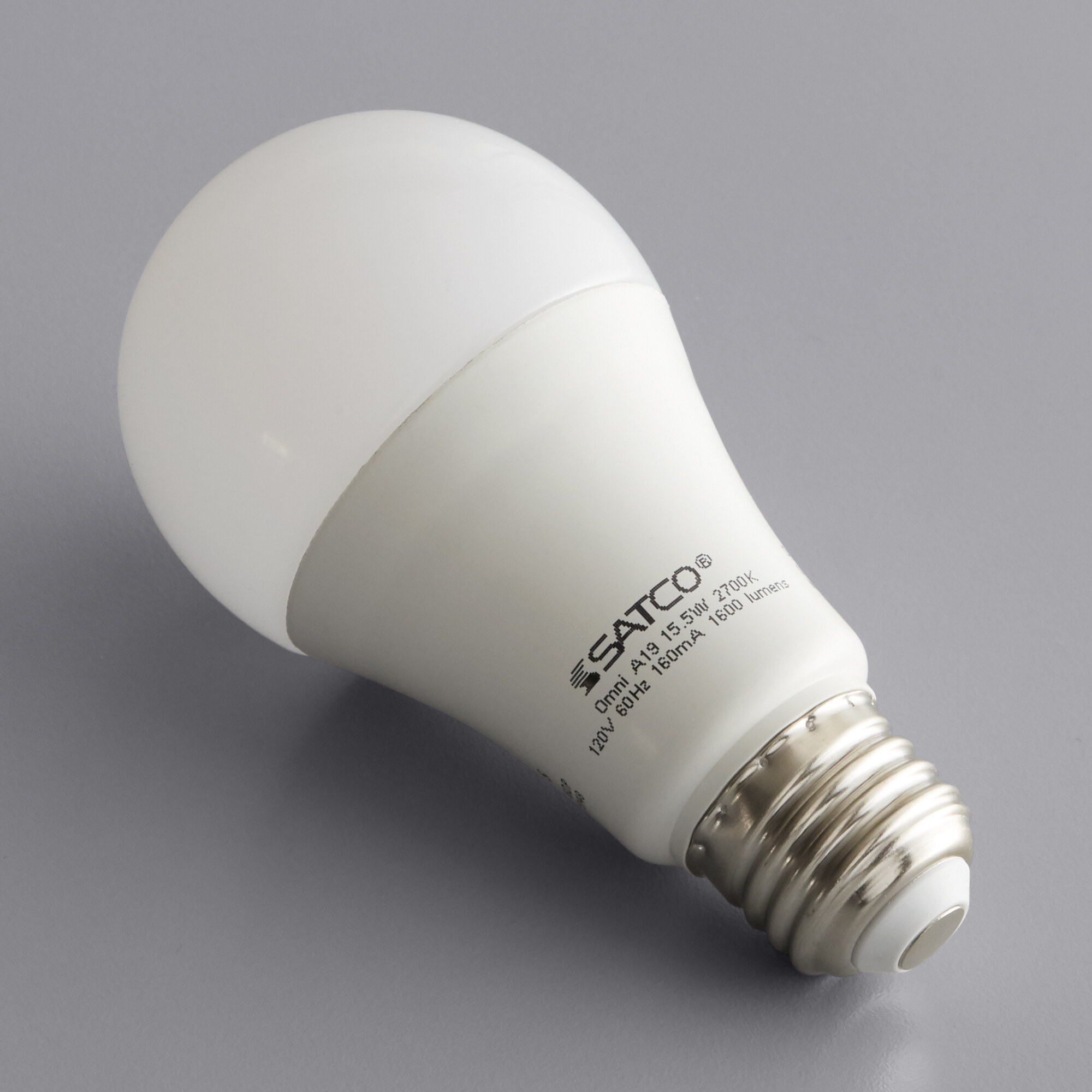
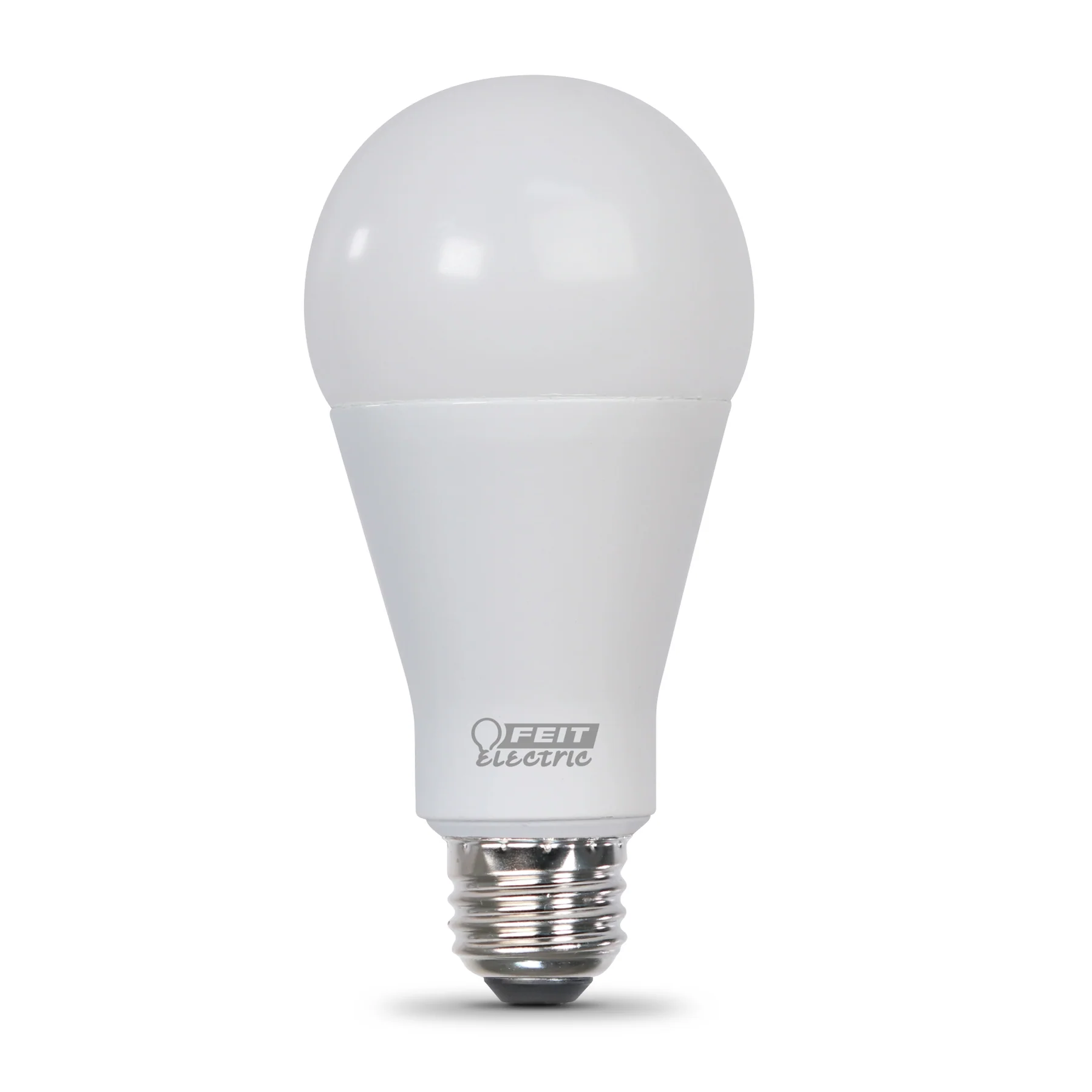
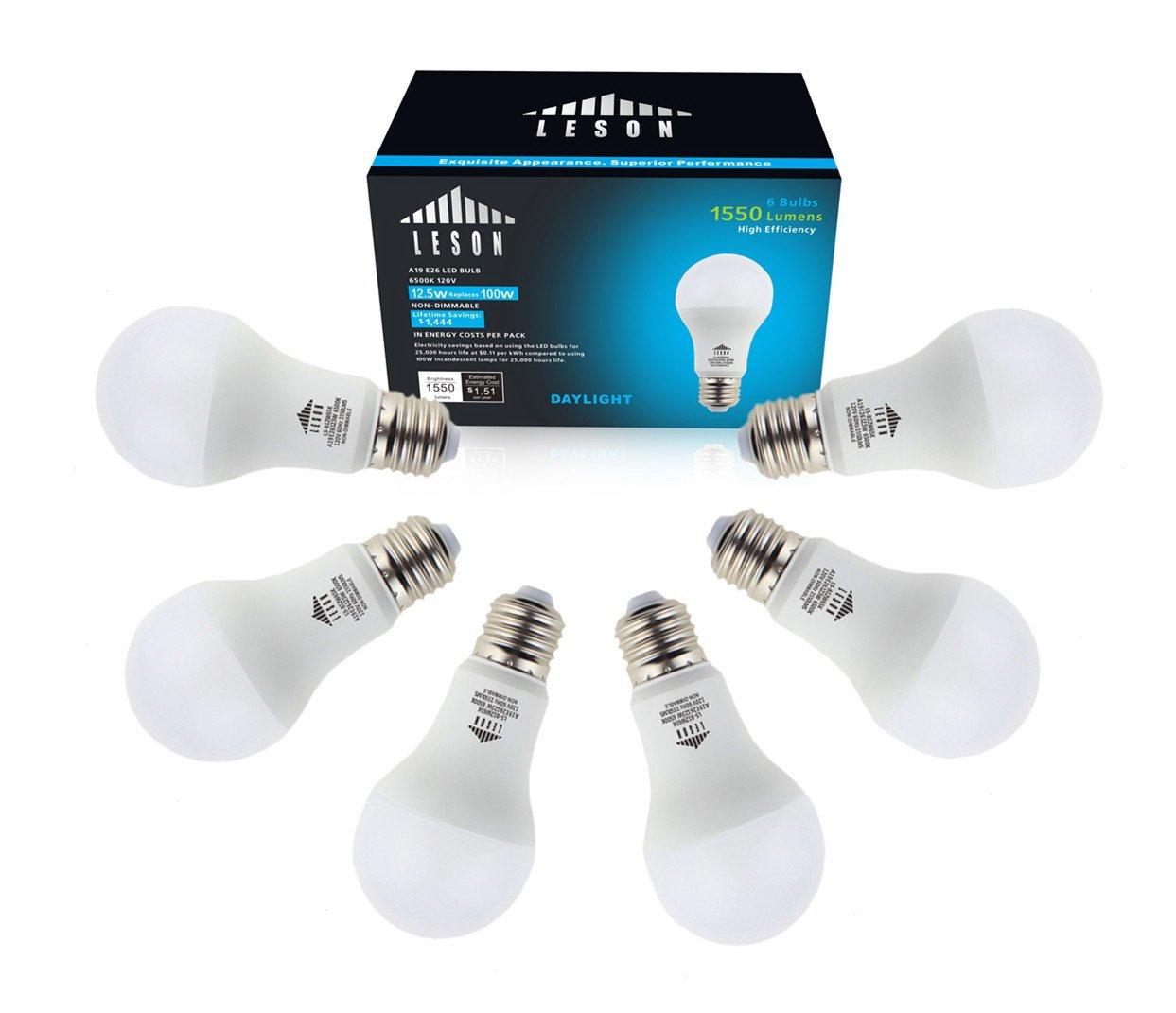
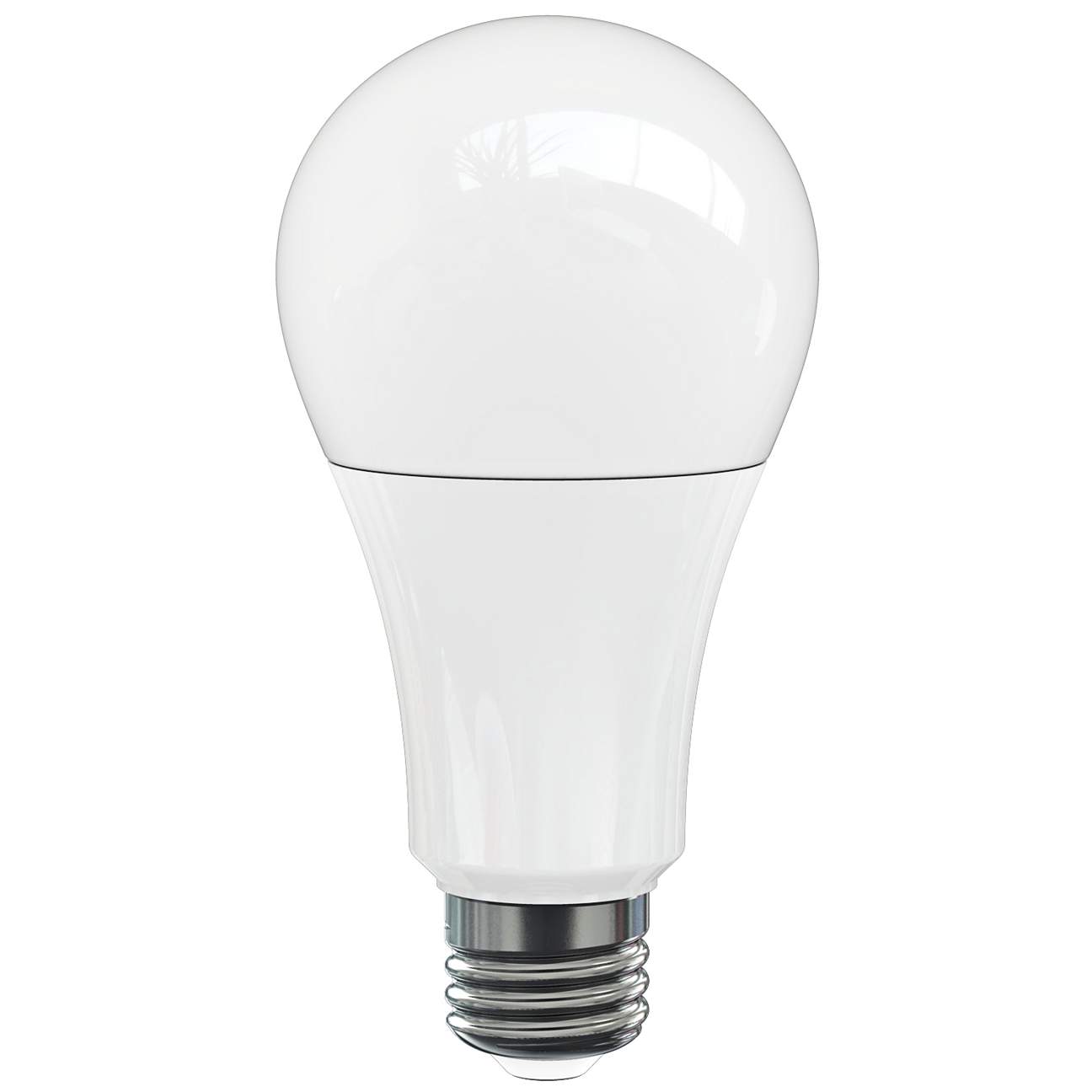
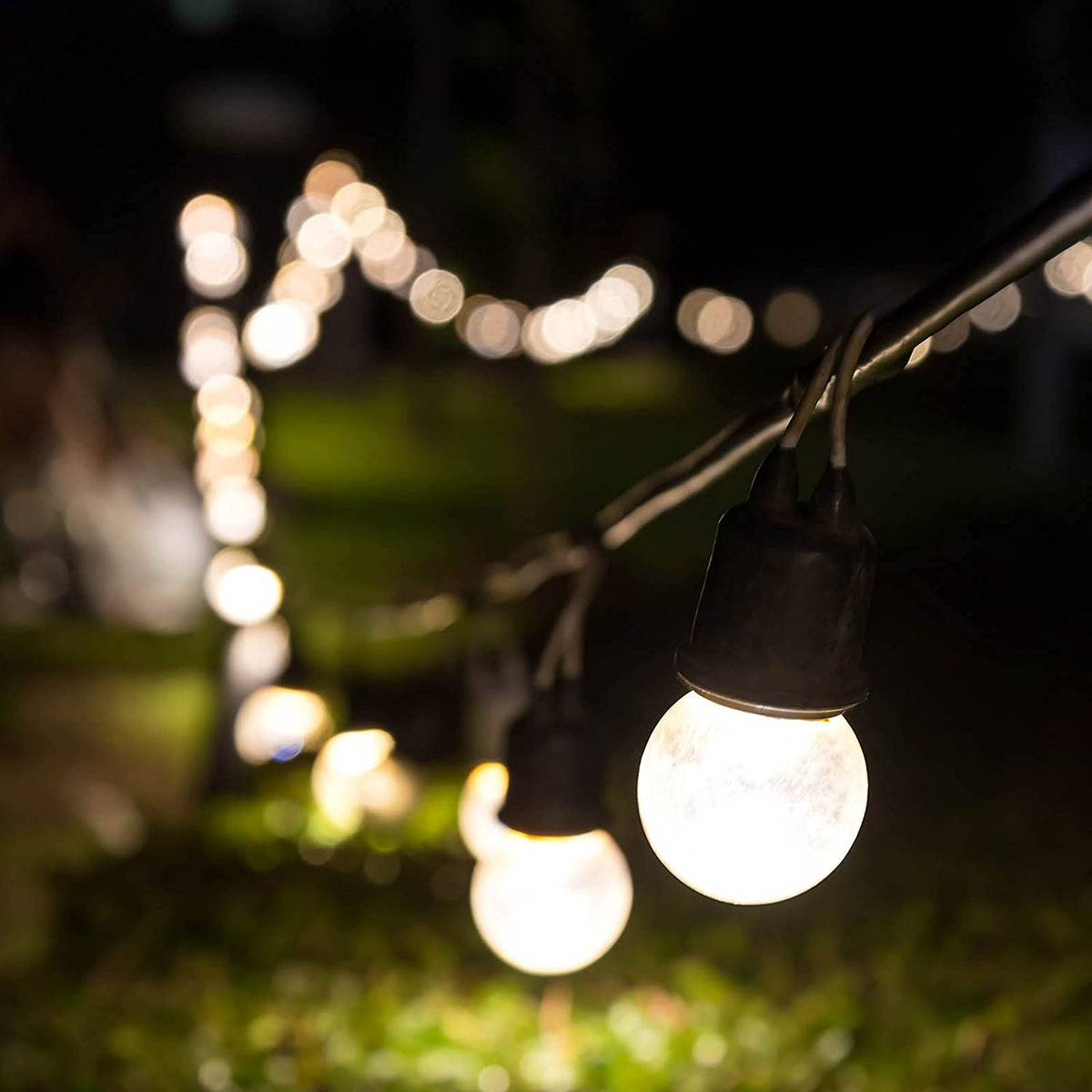
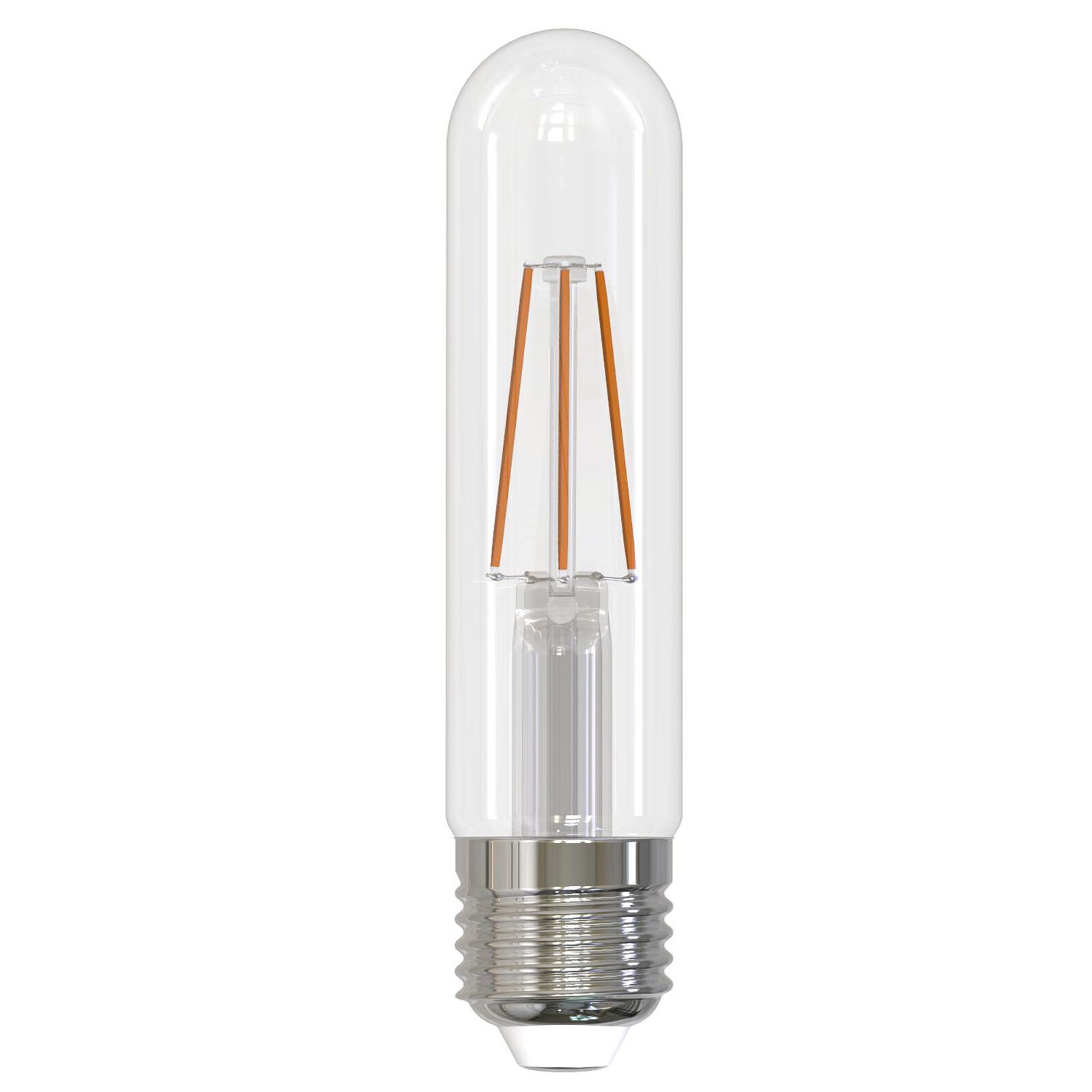
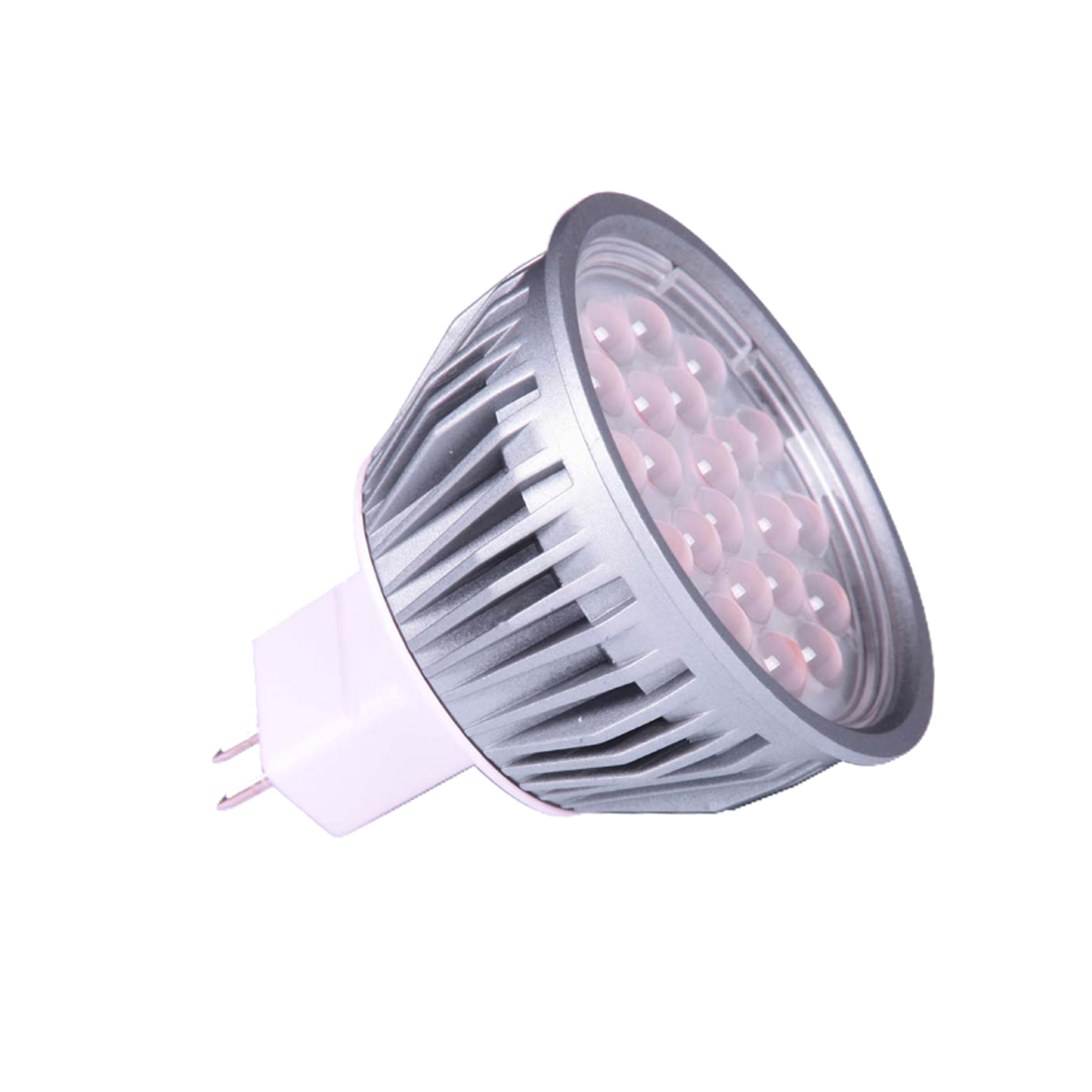
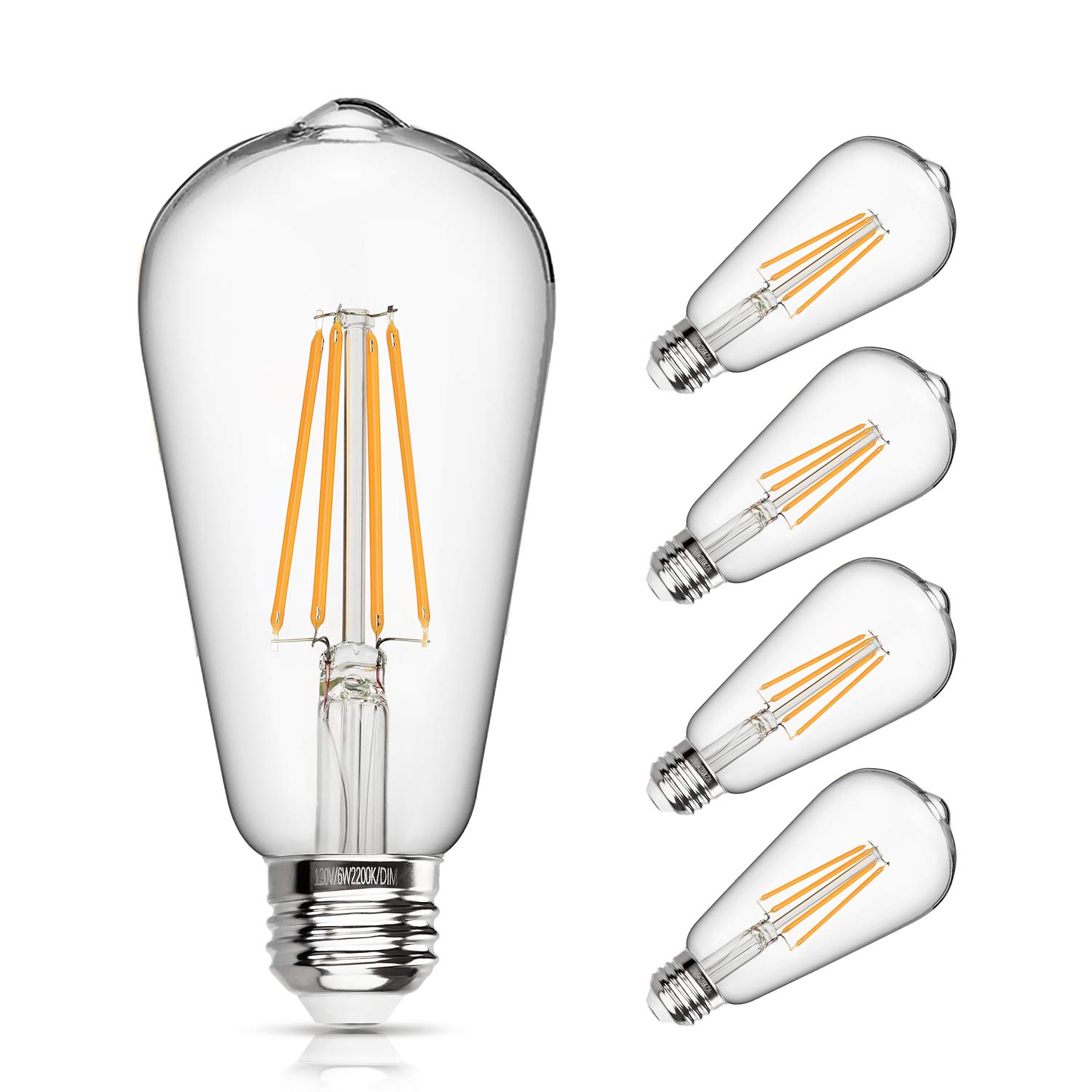
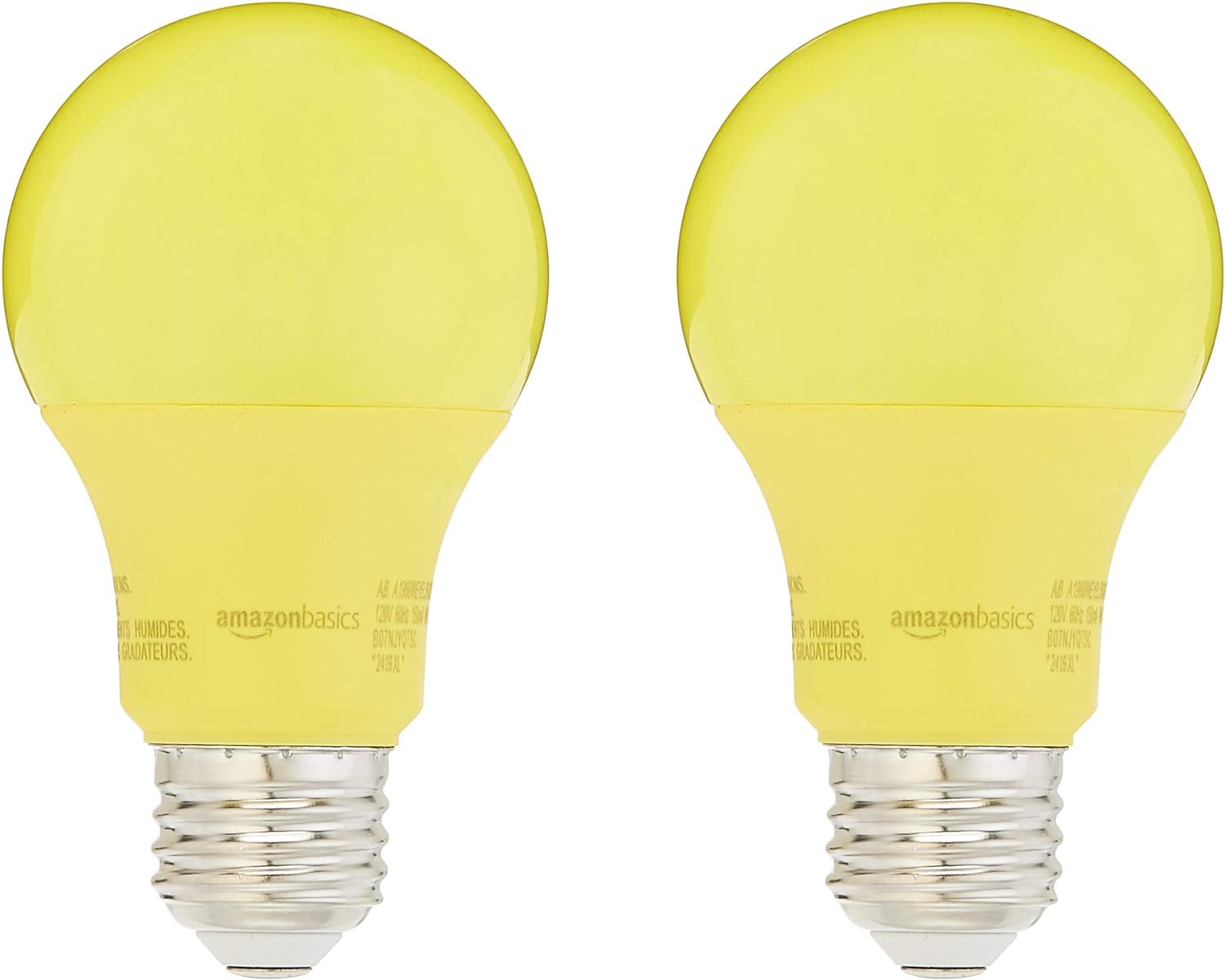
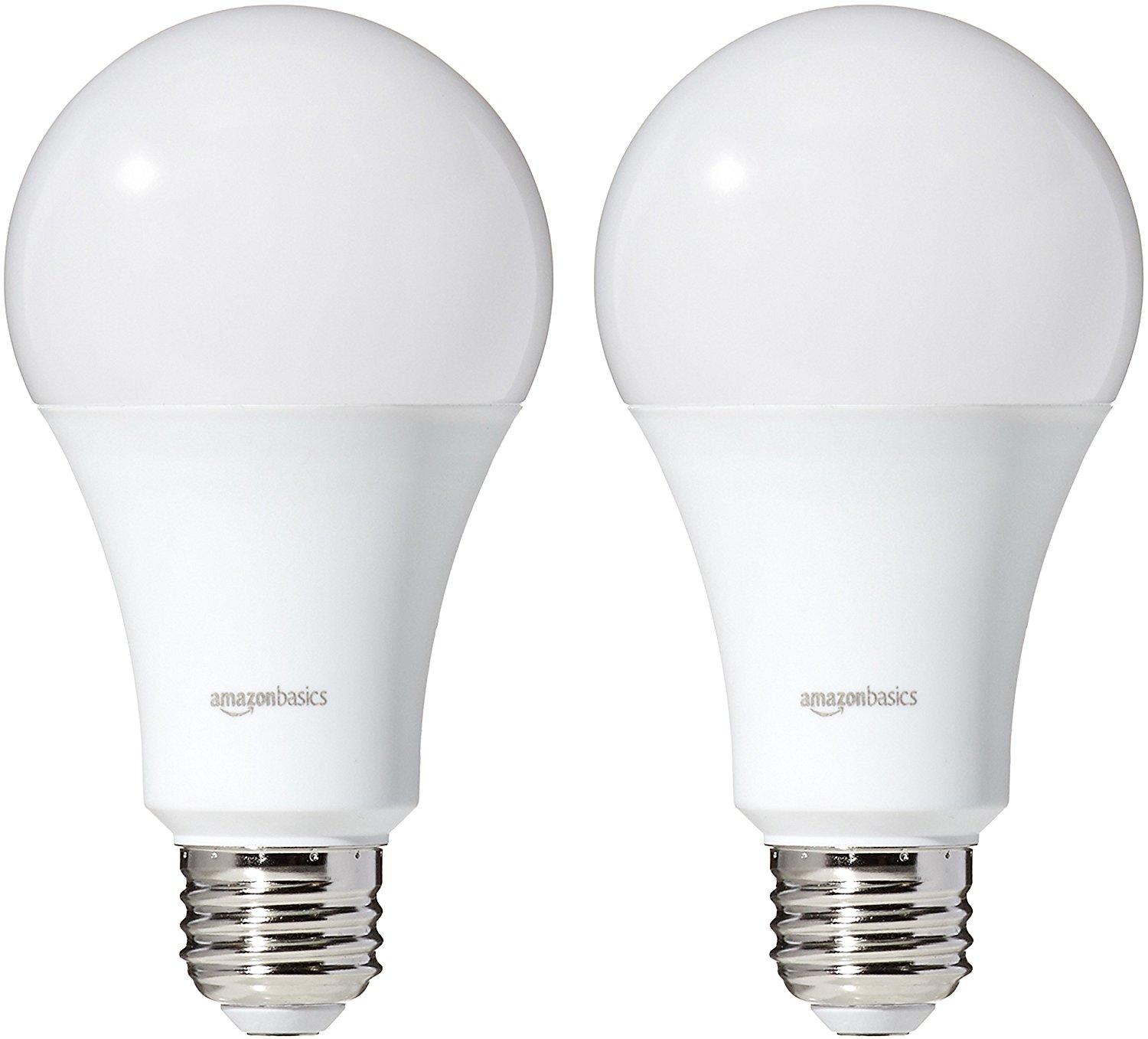
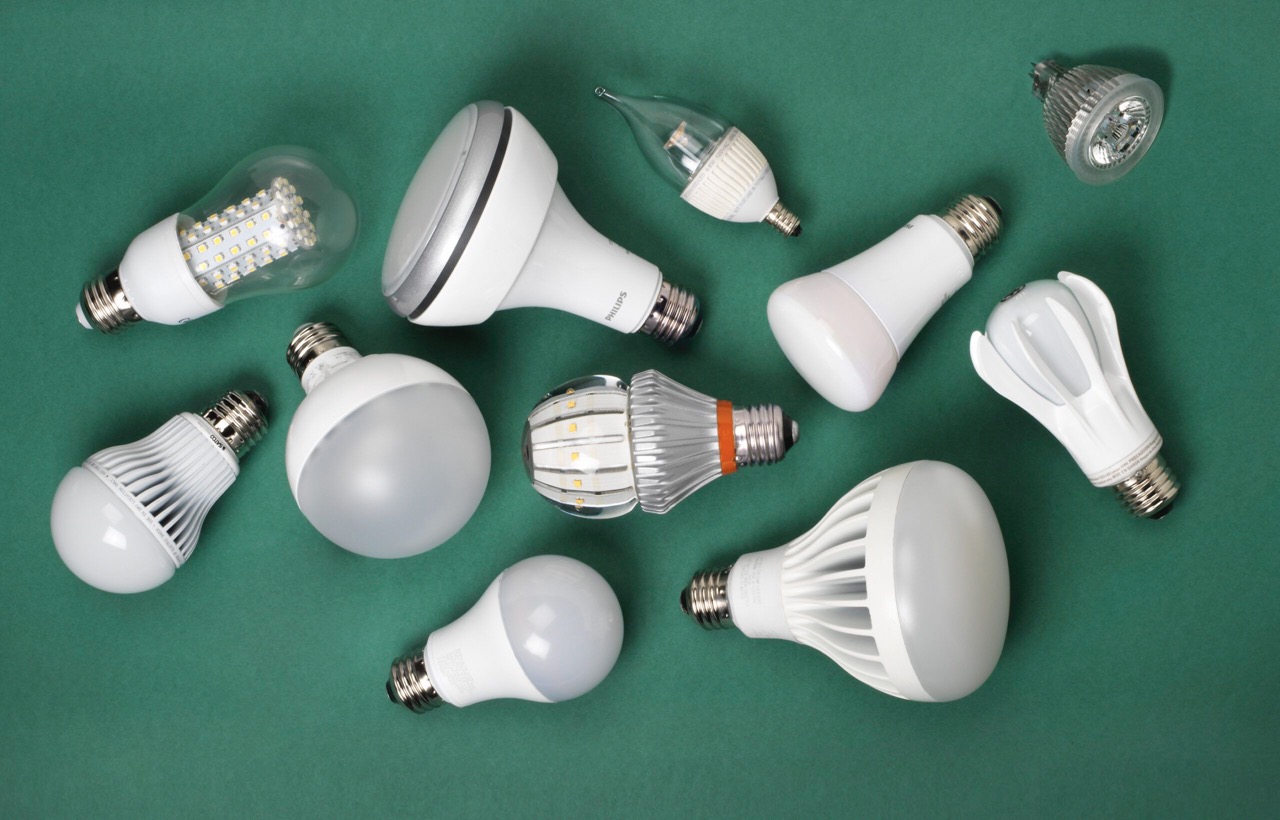

0 thoughts on “What Does A 6.5-Watt LED Bulb Equivalent”